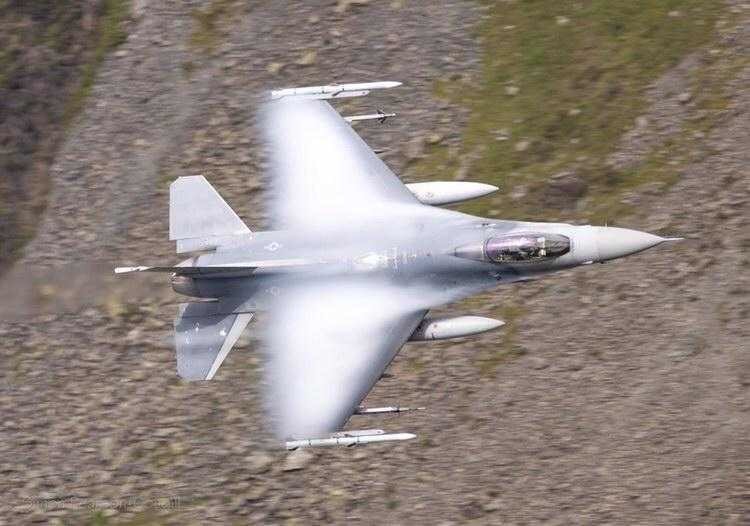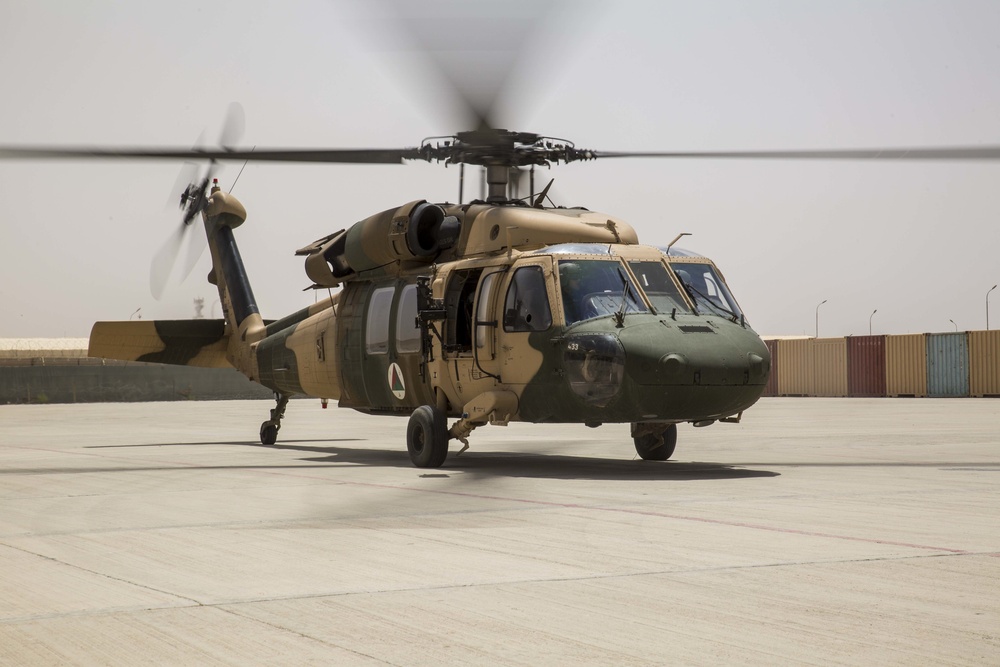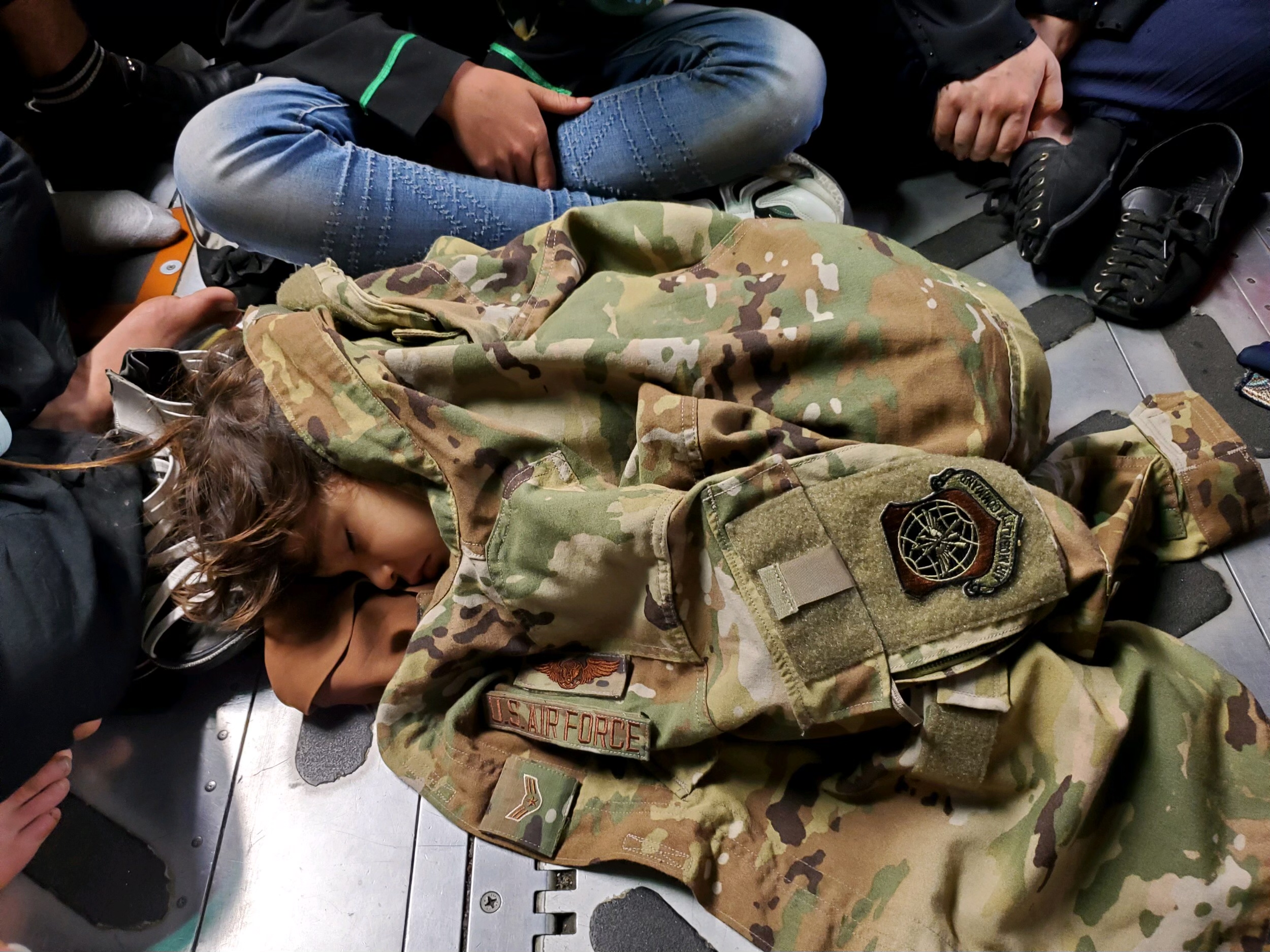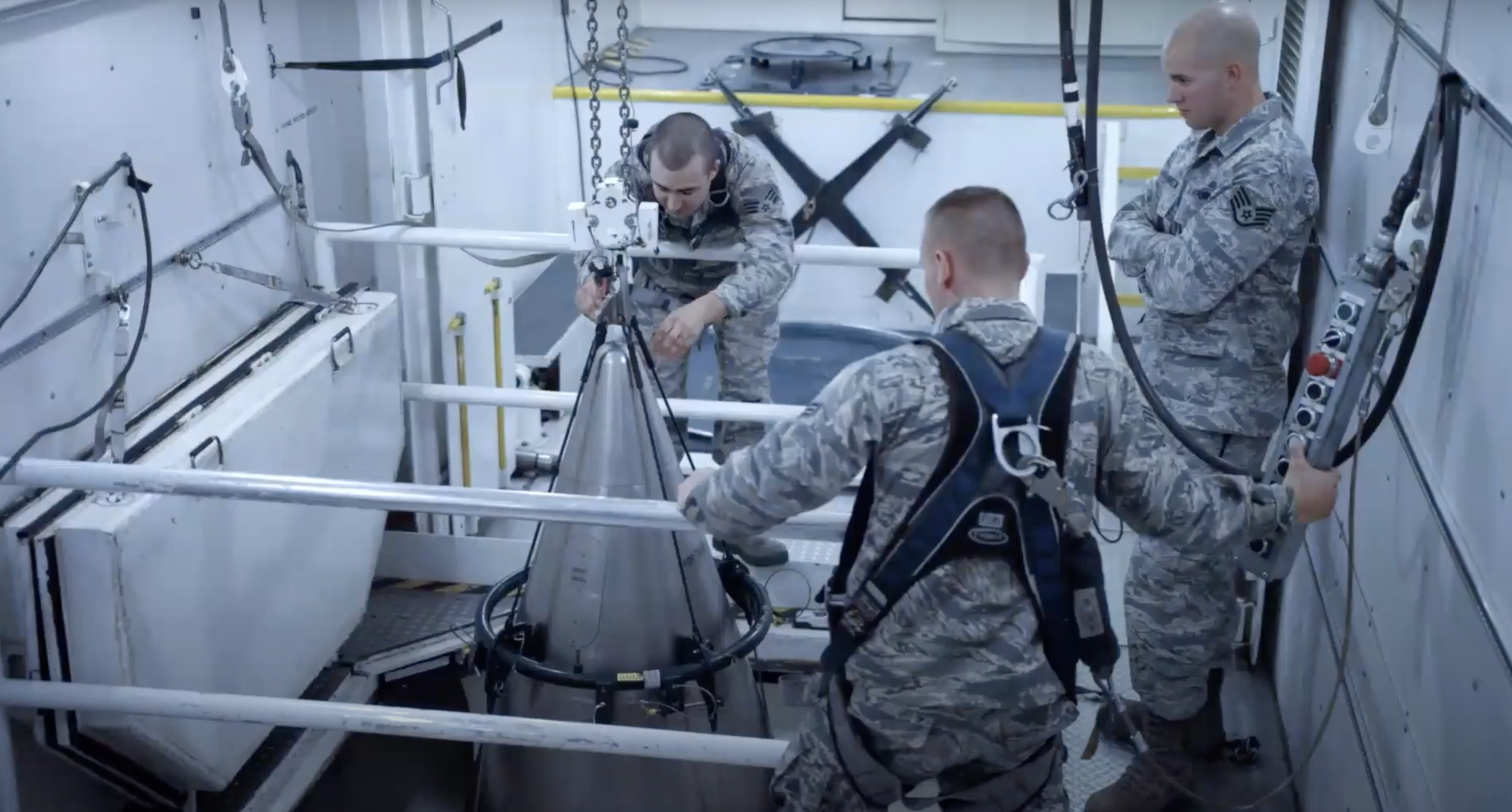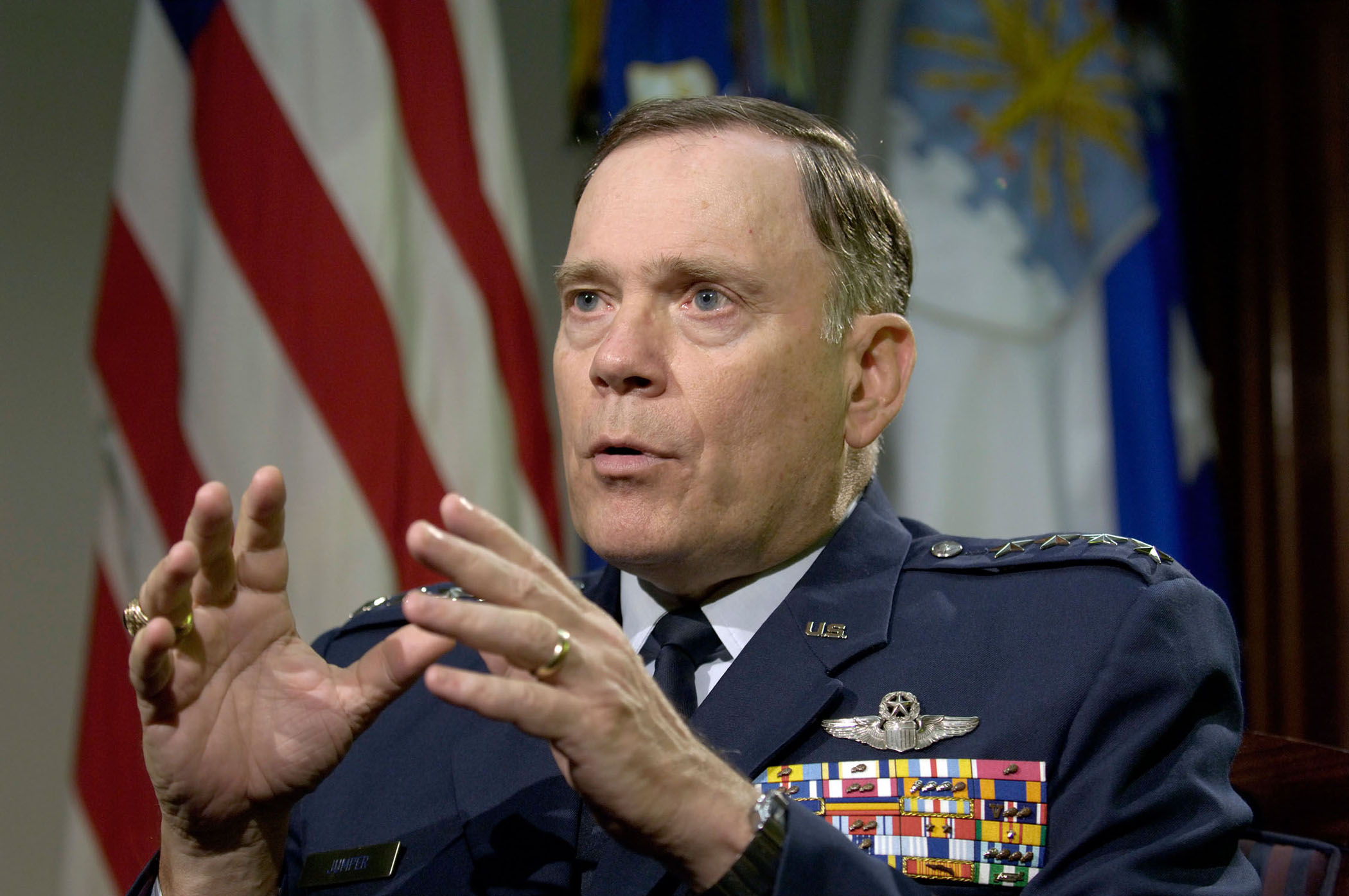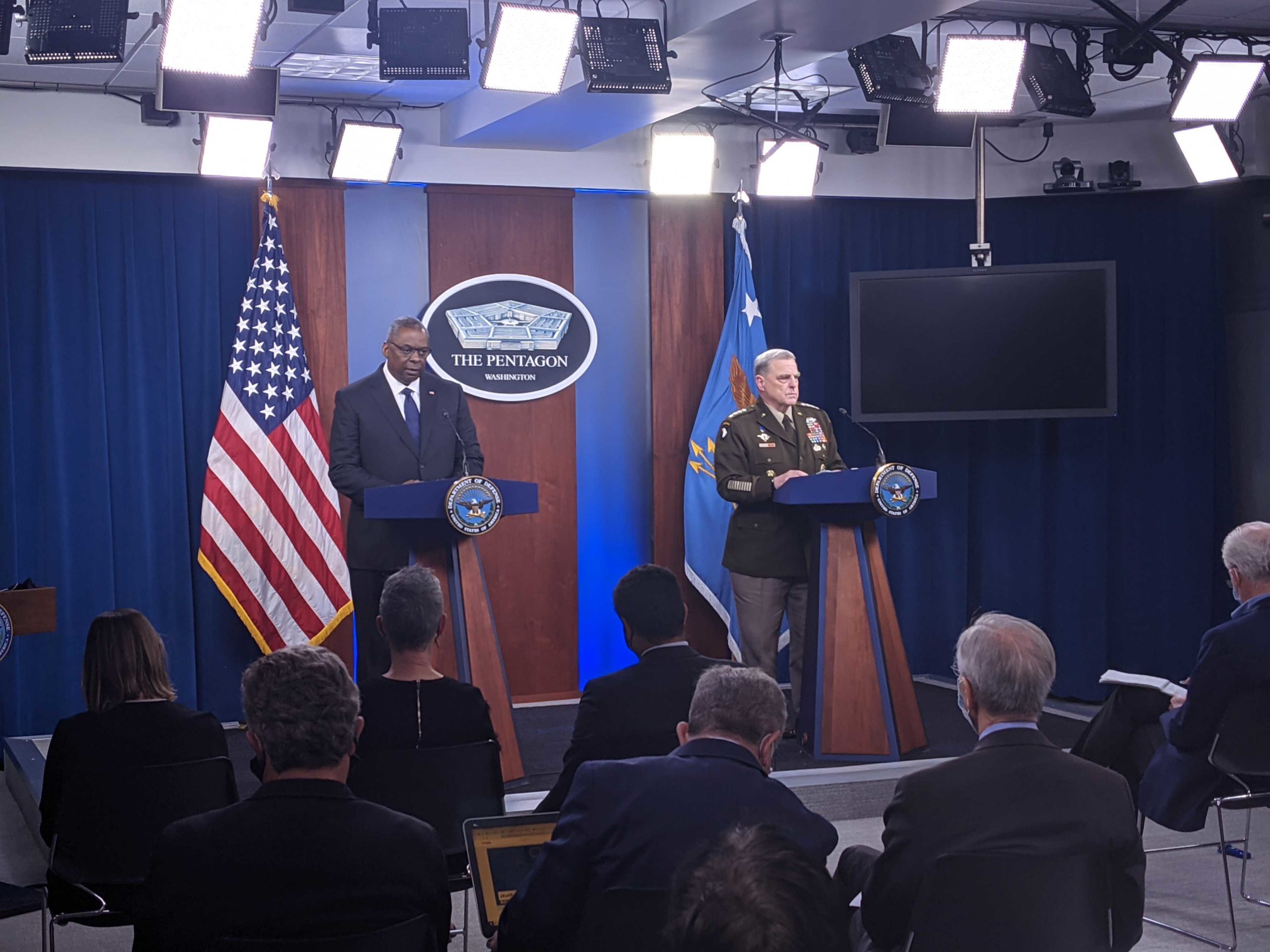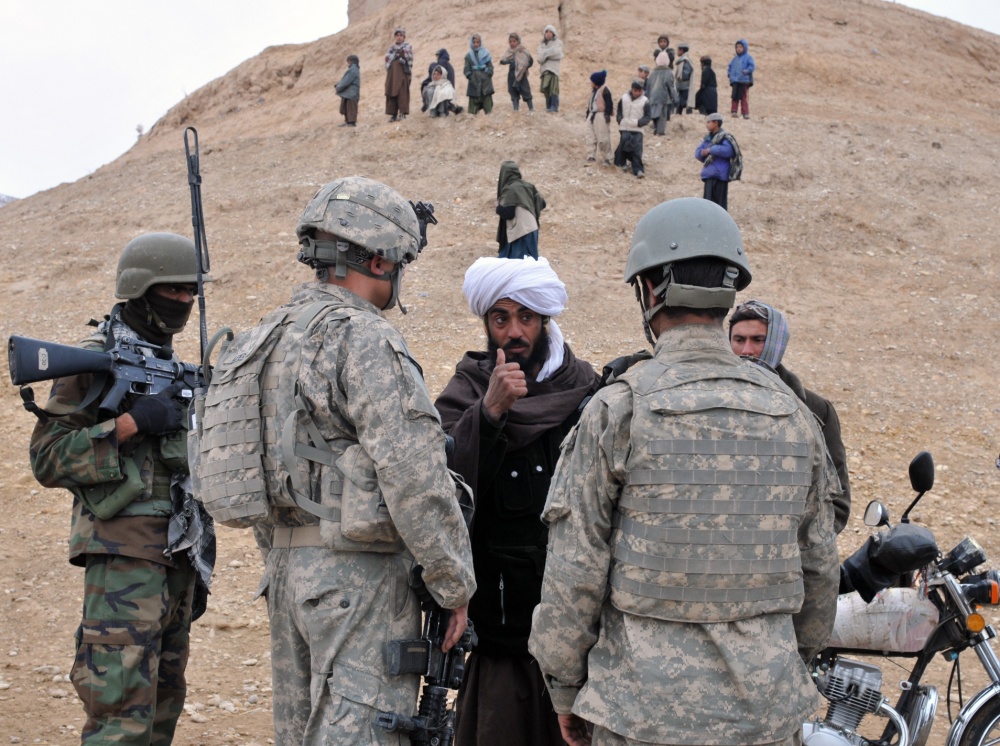F-16s and F-15s from the Air Force’s 31st and 48th Fighter Wings linked up in northwestern Wales in mid-July, conducting a rare air-to-air live fire training exercise in the U.S. Air Forces in Europe-Air Forces Africa (USAFE) area of responsibility.
For the 31st Fighter Wing, based out of Aviano Air Base, Italy, it was the first time in 14 years the wing’s F-16Cs were able to conduct such training in Europe.
As part of the exercise, the fighters launched missiles at flares towed by a Mirach 100 drone.
“It’s a rare opportunity to have something fly off of your airplane that you can actively watch as it guides on its target then spears a flare in a cloud of fire,” said Capt. Johannes Weinberg of the 555th Fighter Squadron in an Air Force release.
It was Weinberg’s first time actually employing an air-to-air missile, and he described the situation as “enlightening and exciting.”
“It was the most adrenaline that has pumped through my blood since first flying the F-16,” he said. “Employing air-to-air missiles is something we practice on almost every training sortie, and it is now something I feel more confident in, if I had to employ one in combat.”
The 31st Fighter Wing fired a total of four AIM-9LM Sidewinder missiles at the Aberporth Range Complex from July 9 to 15.
Also as part of the exercise, F-16s from the 31st FW and F-15EXs and F-15Cs from the 48th Fighter Wing integrated and executed low-level flight training within the U.K. low-altitude environment.
Moving forward the 31st Fighter Wing is planning on participating in future live fire air-to-air exercises, the release said.
USAFE leadership has been aiming to increase training opportunities in the area for months now—back in March 2020, USAFE boss Gen. Jeffrey L. Harrigian told Air Force Magazine the command was meeting regularly with NATO leaders and others to plan for new range infrastructure and training opportunities as the F-35 began to deploy across the theater.
By the end of 2020, the Air Force inked a five-year, $27 million deal with defense contractor QinetiQ to allow the U.S. to use British Ministry of Defense ranges that are currently being operated by QinetiQ. One of those ranges QinetiQ operates is the Aberporth Range Complex where the 31st and 48th Fighter Wings recently trained.
